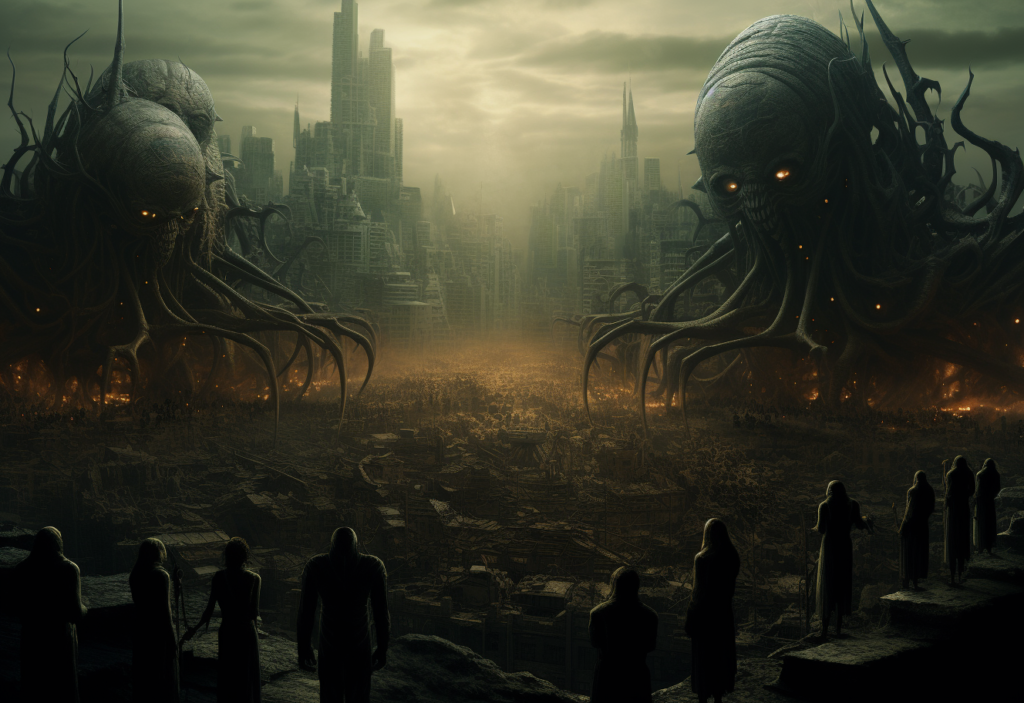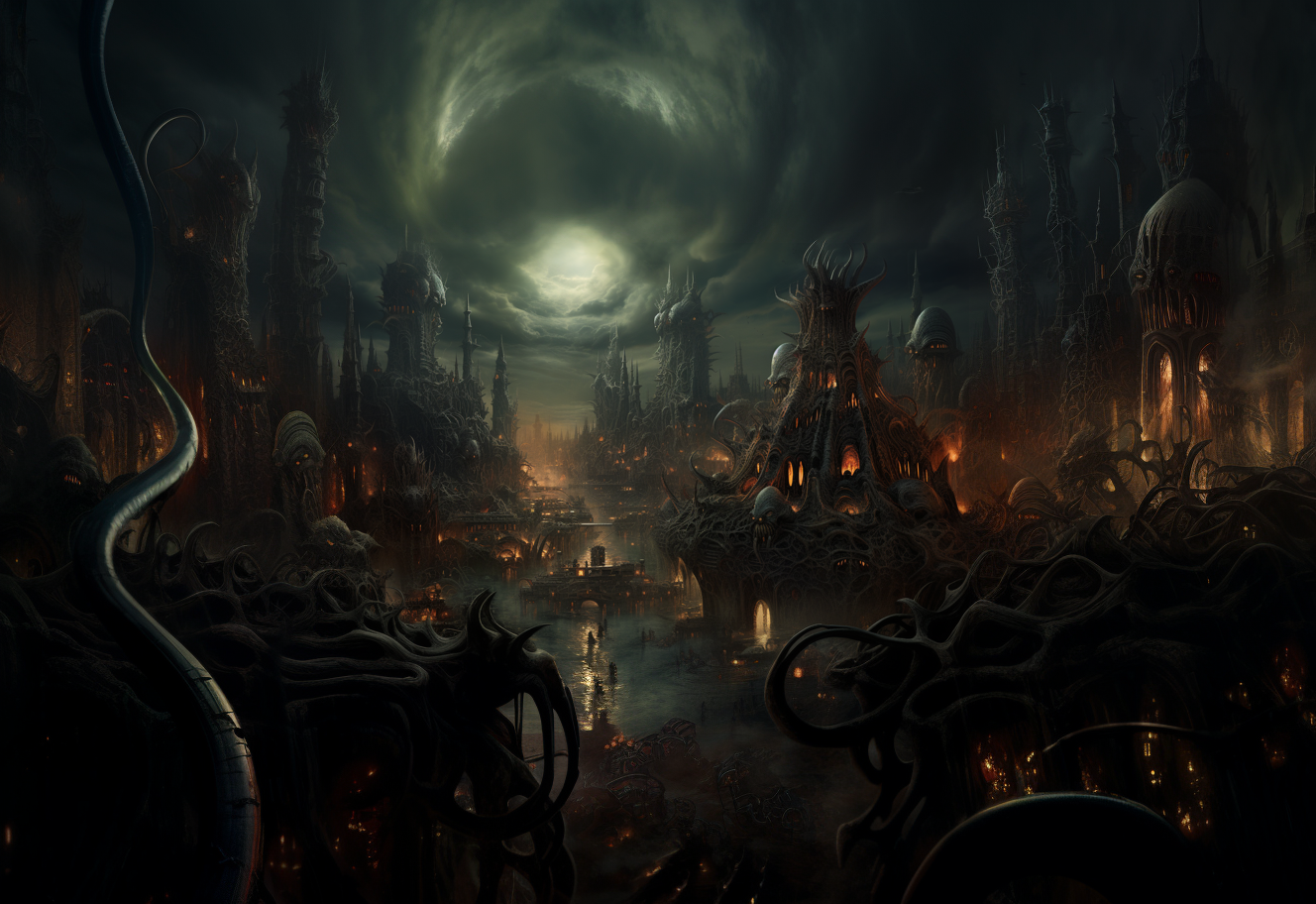The Existence of Aliens: A Balanced Overview
The question of whether extraterrestrial life exists beyond Earth is one of the most captivating mysteries of our time. While the topic has been the subject of countless movies, novels, and conspiracy theories, it also bears significant scientific and philosophical interest. Here, we provide an unbiased overview of the evidence and arguments surrounding the existence of aliens.
1. The Vastness of the Universe
For Existence:
- Size and Scale: Our universe is unimaginably vast. It contains billions of galaxies, each with billions of stars and potentially even more planets. Given the sheer number of planets, some argue that it’s statistically likely that some form of life exists elsewhere.
- Habitable Zones: The discovery of numerous exoplanets (planets outside our solar system) in the “habitable zone” (where conditions might be right for liquid water) further raises the possibility of life.

Against Existence:
- The Fermi Paradox: Despite the vast number of potentially habitable planets, we have yet to make confirmed contact with extraterrestrial life. This is the crux of the Fermi Paradox: “Where is everybody?” Some propose that intelligent life might be rare or short-lived.
- Great Filter: Some hypothesize that there’s a “Great Filter” event or stage that prevents civilizations from reaching an advanced, space-colonizing stage.
2. UFO Sightings and Encounters
For Existence:
- Documented Sightings: Over the years, numerous UFO sightings have been documented by civilians, pilots, and military personnel. Some of these sightings remain unexplained even after thorough investigation.
- Government Releases: Some governments have declassified their UFO files, acknowledging unexplained aerial phenomena.

Against Existence:
- Natural Explanations: Many UFO sightings have been explained as natural phenomena, such as atmospheric effects, reflections, or even celestial bodies.
- Man-made Objects: Some UFOs turn out to be experimental aircraft, drones, or other man-made objects.
3. Ancient Texts and Structures
For Existence:
- Ancient Accounts: Some point to ancient texts and art that seem to describe or depict flying objects or beings from the sky as evidence of past contact.
- Megalithic Structures: Theories abound that certain ancient structures, like the pyramids, required advanced knowledge or technology, perhaps provided by extraterrestrials.

Against Existence:
- Misinterpretation: Scholars often caution against taking ancient texts and depictions out of context. What might seem like a UFO or alien might have symbolic or mythological explanations.
- Human Ingenuity: It’s suggested that attributing ancient marvels to aliens undermines human innovation and adaptability.
4. The Search for Extraterrestrial Intelligence (SETI)
For Existence:
- Radio Signals: SETI researchers use advanced telescopes to listen for potential signals from advanced civilizations. While there have been some mysterious “bursts”, none have been confirmed as evidence of intelligent life.

Against Existence:
- Silence: Despite decades of listening, SETI has not found conclusive evidence of intelligent alien civilizations sending radio signals our way.
5. “Inner Space” Extraterrestrial Contact
The concept of “inner space” contact with extraterrestrial or non-human entities, often through mysticism, meditation, or ritualistic practices, adds a new layer to the discussion on extraterrestrial life. Such experiences often fall into the realm of the personal, mystical, or esoteric, making them harder to categorize and study through conventional scientific methods.
Aleister Crowley and Aiwass:
Aleister Crowley (1875-1947) was a prominent occultist, ceremonial magician, and writer. One of the most significant events in his life was his claimed contact with a non-human entity named Aiwass in Cairo in 1904. According to Crowley, over the course of three days, Aiwass dictated “The Book of the Law” to him. This book became the central sacred text of Thelema, Crowley’s spiritual philosophy, with its most famous tenet being “Do what thou wilt shall be the whole of the Law.”

For the Existence of Inner-Space Entities:
- Subjective Experiences: Across various cultures and ages, there have been reports of individuals coming into contact with entities or beings during deep meditative states, shamanic journeys, or rituals.
- Consistent Descriptions: Some argue that the consistency in descriptions of these entities across cultures and timelines suggests a reality to these experiences.
Skeptical Views:
- Psychological Explanations: Many attribute such experiences to psychological or neurological phenomena. In Crowley’s case, skeptics might argue that Aiwass was a fragment of his subconscious or a result of his esoteric practices and not an extraterrestrial being.
- Influence of Drugs or Rituals: Some experiences of contact with entities can be influenced by the use of hallucinogens or the altered states of consciousness induced by rituals. This doesn’t necessarily negate the authenticity of the experience for the individual, but it raises questions about its objective reality.
Inner space experiences, such as Crowley’s encounter with Aiwass, provide an interesting counterpoint to the more conventional discussions on extraterrestrial life. Such experiences blur the lines between psychology, spirituality, and the potential existence of non-human intelligences. As these experiences are deeply personal and often elude empirical testing, they remain both mysterious and controversial. Whether they are viewed as genuine contact with other entities, psychological phenomena, or symbolic interactions, they undeniably play a role in shaping human culture and spirituality.
Conclusion
The existence of extraterrestrial life remains one of the universe’s greatest unsolved mysteries. While there is no concrete evidence confirming the existence of aliens, the vastness of the cosmos suggests a multitude of possibilities. The question remains open, awaiting future generations of explorers, scientists, and thinkers.



